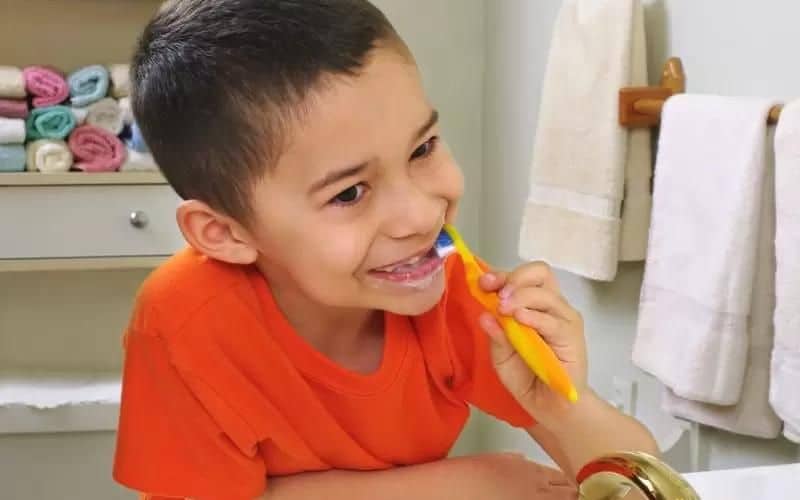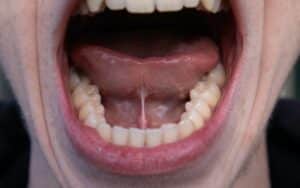A good dental hygiene routine is established early on in a child’s life. Good oral habits, like regular brushing and flossing, can help keep their mouth healthy and ward off cavities, tooth decay, tooth loss and other oral health diseases like gum disease. In order to keep your child’s smile healthy and vibrant, teach your kids how to take care of their teeth properly.
5 Steps For Teaching Children Good Oral Health
1. Start Their Oral Hygiene Routine At An Early Age
One of the best ways to teach children about the importance of dental health is to start making dental care a priority at a young age. Parents should start cleaning their children’s teeth as soon as they start pushing through their gums.
To start, begin gently washing their teeth with a clean and soft washcloth. This will let children become used to having their mouths cleaned regularly. Once they are old enough to understand what is happening, you can allow them to brush and floss their own teeth while you gently guide them through the entire process. Not only will this allow them to feel grown-up, but it will also teach them the importance of oral hygiene habits.
2. Lead By Example
Children understand good oral care best when they witness their parents or caregivers taking care of their own teeth. This makes it incredibly important for parents to take the time to practice good oral health habits with their children. Parents should brush their teeth and gums when they are with their children and preparing to start or end their days. Incorporating regular oral health habits into your schedule, like brushing twice a day following by flossing and rinsing with mouthwash once a day, will also allow a child to understand that making time for oral care habits is important.
3. Use Fun Supplies
Using fun supplies can help encourage children to brush and floss their teeth often. Allow a child to choose their own toothbrush, toothpaste and cup from the store. There are a variety of child-friendly options available at many pharmacies and superstores so they can brush their teeth with their favourite tv-show themed toothbrush or toothpaste.
If a child struggles to brush for the recommended two minutes twice per day, buy a toothbrush that will play a song as kids brush their teeth and that will automatically turn off after two minutes. A fruit or bubblegum flavoured toothpaste will also taste much better than mint. These exciting supplies will make dental care and brushing their te
4. Give Rewards For Consistency
A great way to maintain a kid’s brushing schedule is to offer rewards for consistency. Parents could create a brushing calendar and add a sticker every time they brush their teeth. Once a certain amount of days have passed, offer a reward like a new toy or a trip to the park.
5. Visit A Children’s Dentist
Of all of these tips, finding a kind and caring dentist to take care of your child is one of the most important. A caring family dentist can help make kids feel comfortable during their dental checkups, ensuring that they don’t’ dread their next visit.
Similarly, regular dental checkups are an important part of maintaining healthy teeth. Children should visit the dentist every six months for routine checkups and teeth cleanings.




